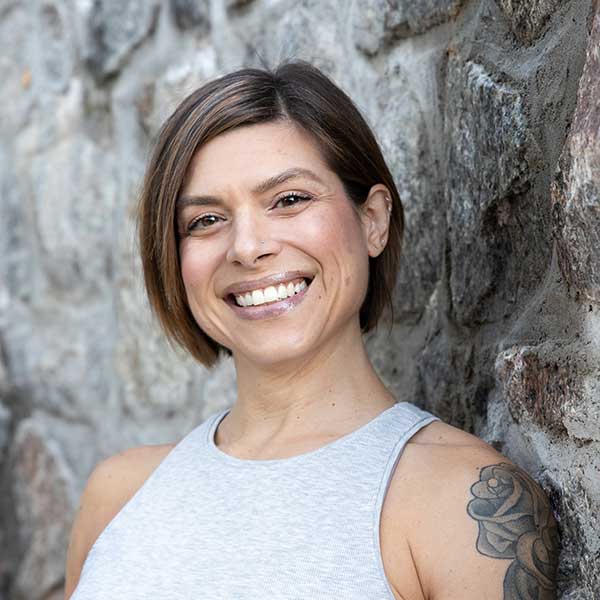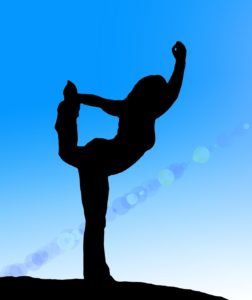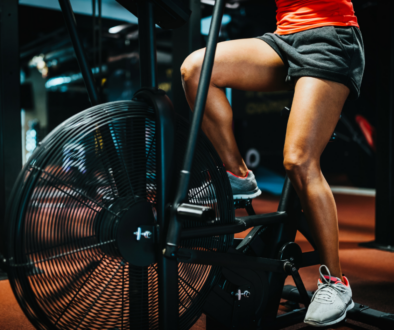What is Fitness? Part 4: Balance
Balance is the ability to maintain the body’s center of gravity over its base of support. Balance is both static (standing still or holding a yoga pose) and dynamic (walking, getting up out of a chair, dancing, or flowing in Vinyasa Yoga).
Balance is achieved as the brain receives sensory input from three systems:
- Visual: from the eyes
- Proprioceptive: from special receptors in skin, muscles, tendons, and joints
- Vestibular: from balance organs in the inner ear
The brain integrates this information and then automatically makes the correct adjustments in body and eye movements to maintain balance.
Visual:
You’ve experienced the effects of vision on balance if you’ve ever tried to hold Tree Pose with your eyes closed, fell out of Dancer Pose just as the person in front of you fell out of the pose, or fallen out of a perfectly good Balancing Half Moon Pose when you added the last layer and gazed upward. This is why the drishti (focal point) is so important in balance poses in yoga. And why it’s important to respect your fellow yogis during balancing poses: always stop at the last place in the progression where balance is maintained for your benefit and for your neighbors’ benefit.
Vestibular:
If you’ve ever suffered from vertigo, you are aware of the vestibular system of balance in the inner ear. Here’s a fun fact: It is thought that motion sickness could be caused by a discrepancy in the information received from the visual and vestibular systems. Your eyes perceive movement that your inner ear can’t confirm. This is why it’s helpful to fix the gaze on the horizon while traveling.
Proprioception:
Are you familiar with proprioception? Proprioception is the sense of where the body is in space. Our brain receives this information from special receptors in the skin, muscles, tendons, and joints that sense body position and movement. In fitness and in yoga we challenge our proprioception, i.e. our balance, by standing on one leg, standing on an unstable surface such as a balance pad or BOSU, or by adding movement to already challenging positions like medicine ball throws on one leg, or lifting the top leg in side plank.
Why is balance important?
Balance is more than cool yoga selfies, it’s life and death: In the U.S., falls cause more than 32K deaths each year. Fall injuries are the leading cause of death in people over the age of 60. A woman in her 60’s who breaks a hip, is now five times more likely to die in the next 12 months. What causes these life-threatening falls? Elderly in long-term care facilities are just as likely to fall during standing and getting into or out of bed or a chair as during walking. And 40% of falls are caused by incorrect weight shifting and excessive sway during standing.
How much balance training do you need?
The American Council on Sports Medicine recommends, for Neuromotor exercises or functional fitness:
- two or three days per week, 20-30 minutes per day.
- Exercises should involve motor skills (balance, agility, coordination and gait), proprioceptive exercise training and multifaceted activities (tai ji and yoga) to improve physical function and prevent falls in older adults.
Up next, Power!
Alicia Cross is a Certified Personal Trainer, Wellness Coach, and Yoga Instructor with more than 15 years’ experience working with clients in classes and one-on-one. She is a yogi, meditator, vegan, and lifter of heavy things. If you’re ready to discover the strength and peace that comes from within, email Alicia@AliciaCrossTraining.com.
Related Post:




